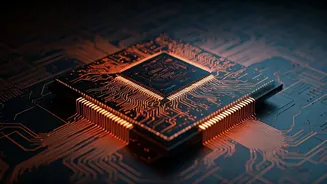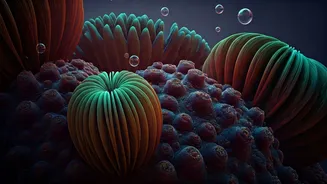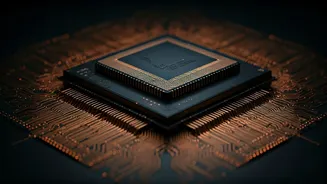The Breakthrough Discovery
The remarkable feat achieved by the MIT physicists lies in their development of a method that allows direct observation of the internal structures of atoms
using equipment that fits on a tabletop. This is a considerable advancement in the field of physics, giving scientists a new way to explore and understand the tiny structures that compose everything in the universe. Scientists can gather data and interpret their characteristics using a streamlined method, unlike conventional techniques that usually require complex and expensive equipment. This discovery is a potential game-changer, since it provides access to the previously unseen atomic world and has the potential to enhance our understanding of material properties, chemical processes, and other significant areas.
Tabletop Molecular Technique
At the heart of this innovation is a specially designed molecular technique. The device uses molecular interactions to generate images of atoms. A tabletop setting means the setup is considerably more compact and affordable than traditional methods that rely on large-scale facilities. This new approach uses a streamlined method to observe the inner workings of atoms, giving scientists a chance to learn and interpret data more efficiently. The technique's capability to operate on a tabletop opens doors for more scientists to engage in this kind of research. It opens up opportunities for faster development, deeper study, and broader scientific participation, paving the way for exciting new scientific breakthroughs.
Impact and Future
The implications of this discovery are vast and span multiple scientific domains. This approach has the potential to transform numerous fields by providing novel insights into the fundamental components of matter. The ability to observe atoms directly can facilitate advances in materials science. It allows researchers to design materials with greater precision and functionality. Moreover, this method may also shed light on chemical reactions, improve the efficacy of medications, and enhance various areas of science. This new method provides more accessible, affordable, and flexible tools. It has the potential to democratize scientific research. With increased access, there will be faster progress in scientific knowledge, more collaborative projects, and a more comprehensive understanding of the physical world.













